Mid-Summer Planting Strategies for Illinois Landscapes

July in Illinois is synonymous with heat, humidity, and occasional dry spells. For many landscaping professionals, it might seem like a time to pause installations. However, savvy landscapers and wholesale nurseries understand that mid summer can still be a productive planting period if approached with the right strategies.
Why Summer Planting Still Makes Sense
While spring and fall are ideal, summer is far from a dead zone. For ongoing projects with active timelines, waiting until fall isn’t always an option. Installing during July allows trees and shrubs to establish roots before winter dormancy, giving them a head start come spring.
Did You Know?
Many native and hardy ornamental plants have evolved to handle mid-summer conditions especially with proper soil prep and hydration.
Top Plants for July Installation in Illinois
- Trees: Kentucky Coffeetree, Hackberry, Swamp White Oak
- Shrubs: Ninebark, Viburnum, Buttonbush
- Evergreens: Arborvitae, Juniper, and Picea species known for heat tolerance
Choose field-grown, well-hydrated specimens. Container-grown stock may be easier to transplant but monitor for root binding.
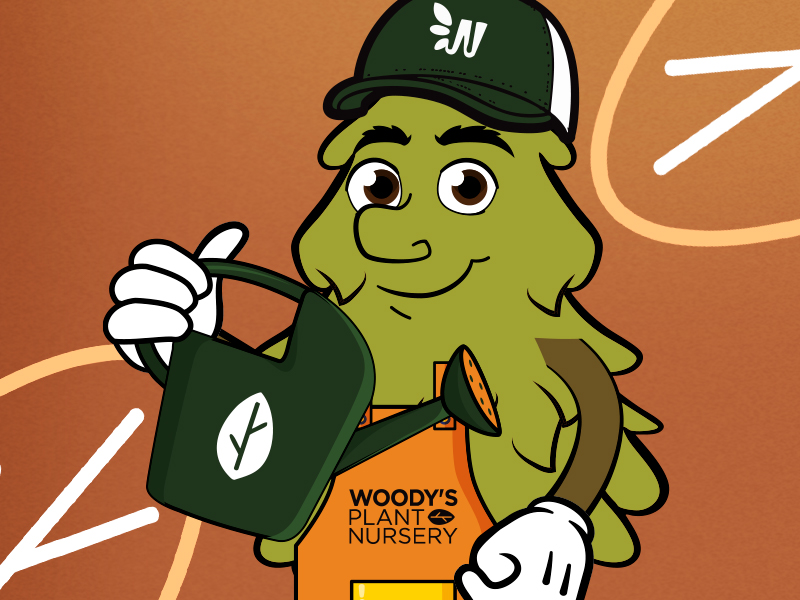
Nursery Prep Tips
Before delivery or pickup:
- Water root balls thoroughly.
- Shade vulnerable stock to prevent foliage burn.
- Group plants by species to streamline loading and unloading.
Watering Protocols for Success
- Drip irrigation provides deep, targeted watering without waste.
- Water every other day for the first two weeks, then reduce frequency.
- Watch for signs of heat stress: leaf curl, browning edges, or premature leaf drop.
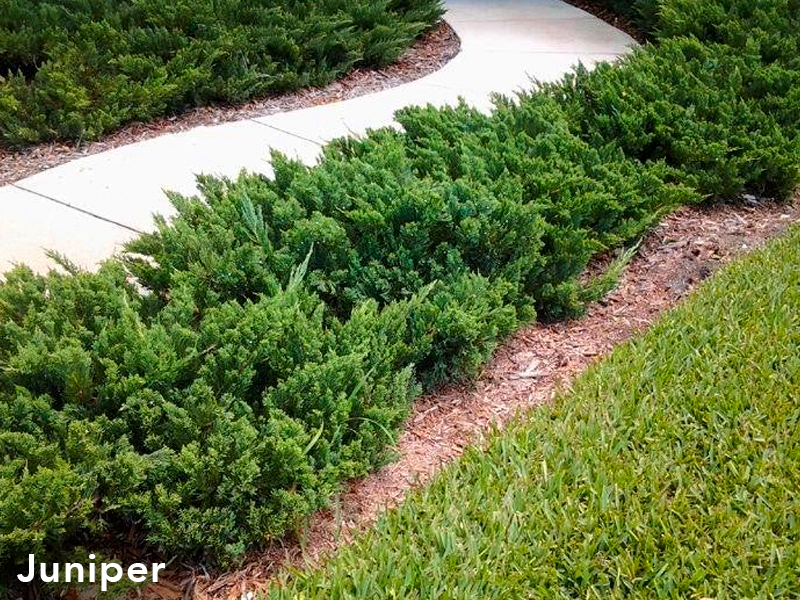
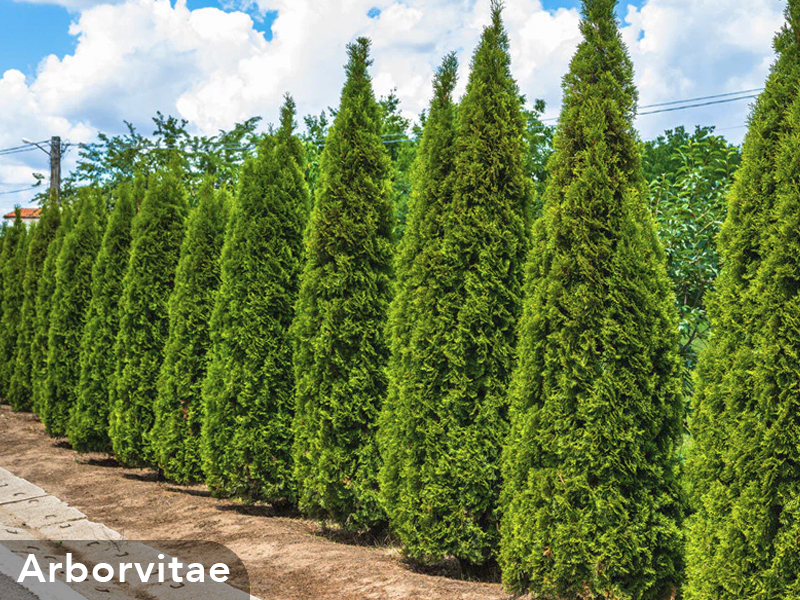
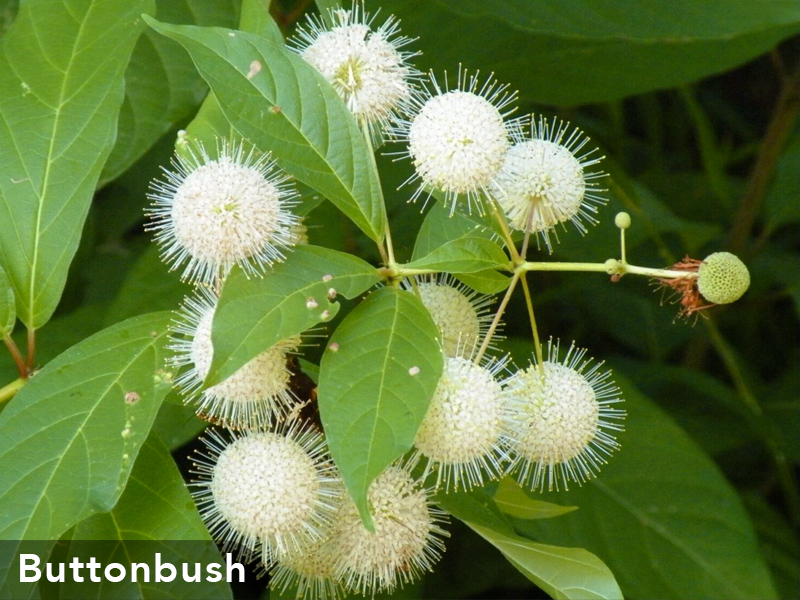
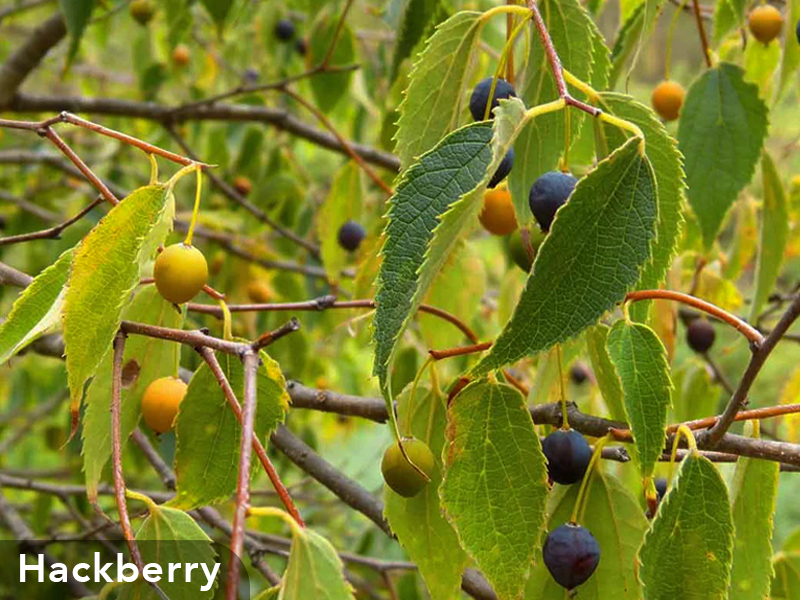
Planning Ahead: Fall Prep Starts Now
Wholesale nurseries should encourage clients to:
- Reserve fall inventory in July.
- Order specialty or large caliper trees in advance.
- Consider fall installations for slower-growing varieties.
Installation Techniques for Summer Survival
- Plant during cooler hours early morning or evening.
- Use root stimulators and mycorrhizal fungi to encourage quick adaptation.
- Apply 2–3″ of organic mulch but avoid direct contact with trunks.
- Temporary shade cloths can help in exposed urban or commercial sites.





Leave a Reply